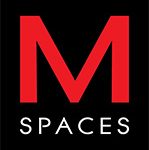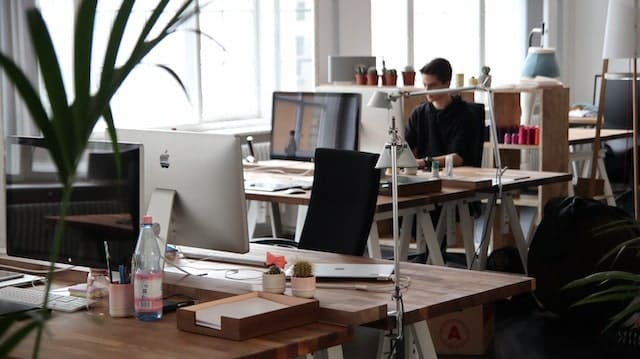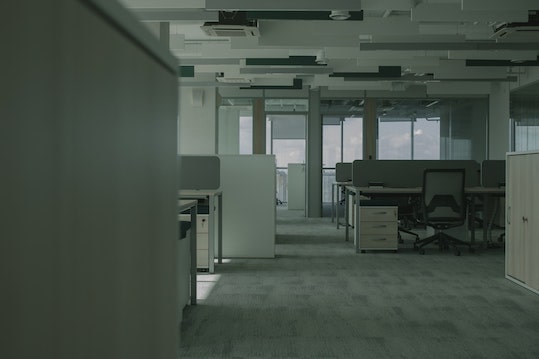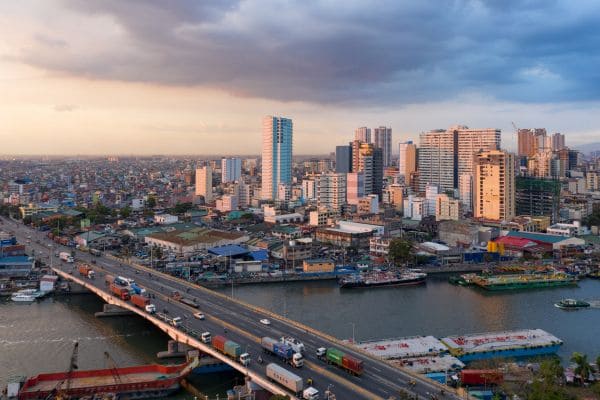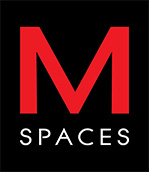The only constant in life is “change”. This popular statement by Greek philosopher Heraclitus encompasses various areas of a person’s life, including that of one’s workspace. The setup of offices has evolved over the years in relation to the needs and innovations within the company.
The traditional office and modern office have distinct differences in design, function, and atmosphere. The traditional office is typically characterized by a more formal and conventional layout, with a focus on privacy and individual work. On the other hand, the modern office is designed to promote collaboration and creativity, with an emphasis on open spaces and flexibility. In this article, we will compare the two types of office designs and explore the key differences in terms of appearance, usage, and overall feel. Let’s dig deeper into the differences between the traditional office and versus modern office and find out which one is best for your office work type.
Key Takeaways:
Modern offices focus on collaboration and flexibility, while traditional offices prioritize privacy and formality.
Modern offices use open layouts, neutral tones, and sustainable elements; traditional offices have closed layouts, darker tones, and formal decor.
Hybrid Offices blend both designs to accommodate diverse needs.
Choosing the right office design depends on company culture, goals, and employee needs.
M Spaces offers modern office rentals in Manila with coworking desks, private offices, and meeting rooms.
What is a modern office?
When we hear the words modern office, we often attach it to its outward appearance. However, the characteristics of a modern office are not just about how it looks, but are evident in these different attributes:
The Culture
The emphasis on employee participation, cooperation, and flexibility defines the modern office culture. Businesses are emphasizing the need to provide employees with a stimulating and enjoyable work environment. This includes programs like frequent team-building exercises, staff recognition schemes, and open lines of communication.
With open floor layouts, common spaces, and meeting rooms that stimulate communication and idea sharing, modern offices are created to promote cooperation and teamwork. Businesses are also pushing the use of technology to enable distant collaboration, including instant messaging and video conferencing.
In today’s work environment, being flexible is important. Many companies are giving their employees the option to have flexible hours, work from home, and take as much vacation as they need. This helps employees balance their work and personal life and accommodates unique needs and lifestyles.
Companies are also trying to be more environmentally friendly by doing things like recycling, using energy-efficient lighting and heating/cooling systems, and using products made from sustainable materials. Many businesses are also trying to help their employees take care of their mental and physical health by offering things like yoga classes, meditation rooms, and on-site gyms.
The Aesthetics
Modern office design tends to have a clean and simple look, with an emphasis on being functional and making the most of the space. There may be a focus on natural light from windows or skylights, and lighting is often adjustable to fit specific tasks. Many offices also incorporate technology like smart lighting and temperature control. To create a more inviting atmosphere, some offices may also include elements of nature, like indoor plants or green walls.
The Popularity
Office work types have evolved alongside workstations. Many businesses are starting to understand the benefits of having a well-designed workspace. A modern office design can have a positive impact on how employees feel, how productive they are, and how the company is perceived. That’s why modern office design is becoming increasingly popular.
Difference between Traditional Office and Modern Office
The traditional office and modern office differ in a lot of ways. Let us categorize the difference between the modern and traditional office in three different aspects.
- Colors. Most modern offices focus on design functionality. This often includes using natural materials like wood and metal, as well as neutral colors like white, gray, and beige. Furniture is often designed to be comfortable and ergonomic, with a simple style. To add some visual interest and bring energy to the space, some modern offices also incorporate splashes of color, such as orange, yellow, and green, through accent pieces like artwork, furniture, or lighting fixtures.In contrast to modern office design, traditional office design often has a more formal and conventional appearance. It places an emphasis on privacy and individual work. Darker colors like mahogany and hunter green are commonly used, as well as more formal materials like leather and brass. The furniture in traditional office design is often more elaborate and conventional. The lighting is usually fixed and concentrated on specific work areas. Artificial lightings, like desk lamps and dimmer switches, is also commonly used. In addition, technology such as phones and laptops is also used in traditional office design.
- Spaces. Modern offices often have a more open floor plan with fewer walls and barriers between different work areas. This design promotes collaboration and communication among employees and allows for flexibility in how the space is used.In contrast, traditional offices often have a more closed-off design, with separate rooms and partitions for different departments and individuals. This type of layout can create a sense of privacy and hierarchy, but it can also make it harder for employees to collaborate and communicate effectively. It’s worth noting that today many offices are designed to combine both traditional and modern office spaces to cater to the diverse needs and preferences of employees. You can easily redesign your workplace for a hybrid office to accommodate both preferences.
- Settings. In a traditional office setup, workers gather in person to collaborate in an actual office setting. In this structure, each employee has a designated workstation, and face-to-face interaction and collaboration are usually given top importance in the office layout. This layout makes it simple for coworkers to communicate and solve issues collectively, which promotes a sense of community and teamwork.In work-from-home arrangements, employees can work remotely, often from the comfort of their own homes. This setup has become increasingly popular in recent years, especially due to the ongoing COVID-19 pandemic and advancements in technology. Remote working provides employees with more flexibility in their schedules and working environments and can reduce commute times. However, it can also make it harder for colleagues to collaborate and communicate with one another, which can lead to feelings of isolation and disconnection. To solve this issue, there are different ways to reinforce company culture remotely to provide a better work experience, even at a distance.
When deciding on an office design, it’s important to consider the culture and values of the company as well as the needs and preferences of employees. Both traditional and modern office designs have their own unique advantages and disadvantages. Traditional office designs may promote formality and privacy but can also make employees feel isolated. On the other hand, modern office designs may encourage collaboration and innovation, but may also lack privacy. It’s essential to weigh these factors carefully and make a decision that supports the goals and values of the company as well as the well-being and productivity of the workforce.
Should you go with the modern office option? Start by finding coworking spaces near you. There is an office space for rent in Manila providing modern interiors and fully furnished amenities to spark productivity in you!
Your Modern Private Office Space for Rent in Manila
Situated in the heart of Metro Manila, M Spaces offers rental office spaces that vary in size to meet the demands of your business. This Ortigas-based business offers coworking desks, private offices, meeting rooms, and virtual offices.
You can choose from private office sizes: Micro Office (4 to 5 seats), Medium Office (6 to 7 seats), and Mega Office (8 to 12 seats).
Among your options are meeting spaces that come in these sizes: Small Meeting Room (6 persons), Large Meeting Room (10 persons), and Conference Room (22 persons).
Other than your own private space, you can also benefit from high-speed internet, free-flowing coffee, whiteboards, and TV monitors.
For more information, visit our FAQ page or message us on our Facebook and Instagram pages. You can also email us at mspacesph@gmail.com or call 5328-5300 or 09175439349.

